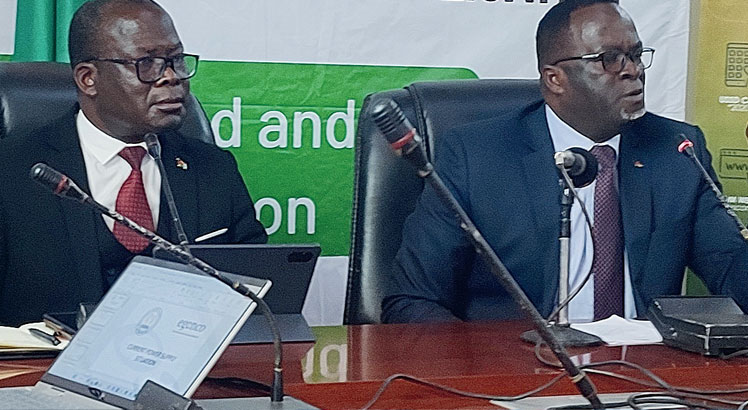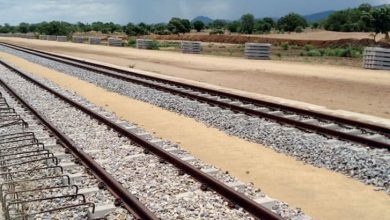Peak hour power outages to persist
Malawians should expect continued power outages due to a generation deficit that has seen Electricity Supply Corporation of Malawi (Escom) supplying 350 megawatts (MW) of power against peak hour demand of 413MW.
Speaking during a joint press conference in Lilongwe yesterday, Electricity Generation Company (Egenco) and Escom officials said the power supply situation was compounded by the malfunctioning of some machines at three hydro power stations, leading to loss of 73.8 megawatts. The affected stations are Tedzani Unit 5, Kapichira Unit 3 and Tedzani Unit 2.

Further, they stated that delays to develop new power stations were also affecting efforts to supply power as demand keeps growing.
Besides the generation challenges, Escom also said it loses about 20 percent of the power it procures due to transmission losses.
Egenco chief executive officer Maxon Chitawo said the company is working around the clock to fix machines that have malfunctioned.
He said two of the machines are expected to be back online within a week while one unit that has taken 31MW off the grid is scheduled to be fixed by October or November this year because Egenco is still waiting for spares from abroad.
Chitawo said: “The demand is already beyond what we have as Egenco. What we have for hydro is 390MW in total installed capacity, yet demand has grown beyond 390MW. When we were restoring Kapichira in April 2023, maximum demand was 301MW.”
Chitawo attributed the growing demand to people’s confidence in availability of electricity but also Escom fixing damaged transformers and other equipment as well as mass connections under the Malawi Electricity Access Project which has seen 160 000 connections but with a target of 180 000 connections. The 160 000 customers are said to have created a demand of 260MW.
He said Egenco is also working on increasing power generation to meet the growing demand, including a solar power project with battery backup in Salima with initial 10MW capacity that can be upgraded to 50MW.
Chitawo said Egenco’s target is to generate 2 400MW by 2040.
On his part, Escom chief executive officer Kamkwamba Kumwenda said apart from challenges facing hydro power, the efficiency of solar power supply is hampered by fluctuations due to weather.
He said solar power is also a burden to Egenco as it is forced to keep running a backup machine to ensure there is uninterrupted power when solar power goes off.
Said Kumwenda: “Solar power producers are contributing 9 percent in terms of electricity but we pay them 34 percent of the revenue generated. Egenco contributes 90 percent of electricity but we pay them 56 percent of the revenue.
“In such a scenario, can we afford to add more solar power to the grid and at what cost? If we also increase solar power it means we will also increase the spinning reserve.”
He said Escom is banking on the Mozambique-Malawi Power Interconnector to increase power supply.
To maximise solar power as a source, Kumwenda said the $21 million battery storage project is expected to be ready by the end of the year to facilitate storage of excess solar electricity.
He also said Escom will be upgrading some of its transmission lines to reduce power interruptions.
Meanwhile, Escom has lamented that it is struggling to settle a debt of K52 billion to power producers due to losses it is making in selling electricity to domestic customers.
Kumwenda said government’s decision not to approve a 44 percent tariff increase for domestic customers following the 44 percent devaluation of kwacha in 2023 has left Escom with a 17 percent deficit.
In 2020, President Lazarus Chakwera in 2020 challenged the power sector players to increase electricity generation to 1000MW by 2025. However, the target was missed.
Malawi currently has a total installed capacity of 554MW, with 401.8MW from hydro power, 101MW through solar power and 51.4MW from generators.





